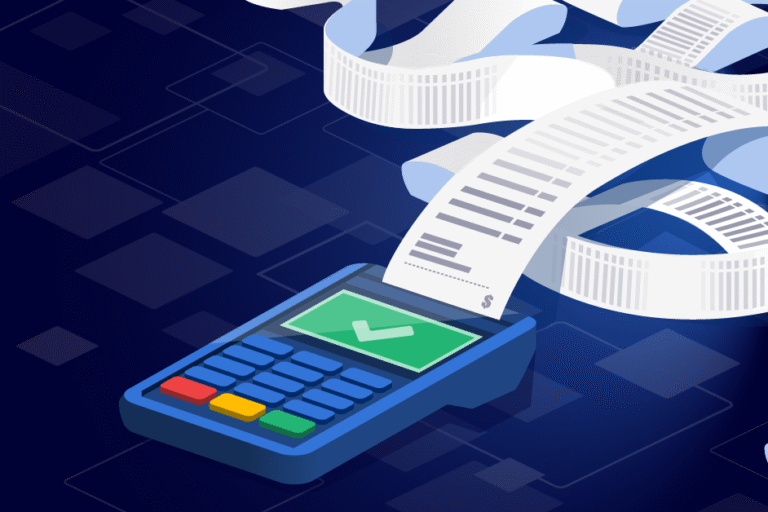
What Is the Standard Billing Increment?
07/02/2024 By Allison Lemasters
Most lawyers use 6-minute increments for billing. Why? It’s simple and fair. You don’t lose time or overcharge. Whether you use manual methods or legal time tracking software, tracking billable hours vs. actual hours ensures you charge clients fairly and manage your time effectively.
With a clear outline of the time spent on cases and firm-related activities, you can bill accurately, understand where your time goes, and improve overall productivity. Keep reading to learn more about billable hours, standard billing increments, and how to streamline your firm’s time tracking processes for more efficiency and precision.

What Does It Mean to Bill in 6-Minute Increments?
Billing in 6-minute increments means dividing an hour into ten equal parts, making it easier to track and bill time accurately for shorter tasks. This practice started around the 1920s and became common in the legal industry.
Billing in smaller increments, like billing by the minute, can be time-consuming and hard to track. Larger increments, such as 20 or 30 minutes, make it difficult to bill for quick tasks, like answering a client’s email, and could lead to overcharging.
Six-minute increments offer a good balance. They allow you to bill for short tasks and measure time more precisely. For instance, a client call lasting 17 minutes translates to 0.3 hours. This method helps you keep accurate records and ensures fair billing.
Wondering, “How do I calculate billable hours using this method?” By dividing each hour into ten 6-minute parts, you can track time spent on tasks more precisely. You can see how this works with a billable hours calculator in 6-minute increments. The best option, though, is time tracking software, which automates the calculation for you, ensuring accuracy and saving you time.
Click here to schedule a free demo of time tracking software to see how it works for yourself.
What Does Billing in 15-Minute Increments Mean?
For some law firms, billing in 15-minute increments is a more effective way to track time. This number is still easy to calculate based on an hour, as each task is 0.25 of an hour.
Though 15-minute increments are seen as a compromise between the complexity of 6-minute increments and the ambiguity of 30-minute or 60-minute increments, there are benefits and drawbacks. While there’s a lower administrative burden and more simplicity in tracking time by the quarter-hour, which comes naturally to most people, it lacks the transparency of 6-minute increments. It’s also easier to round up and pad bills unintentionally.
Choosing between them comes down to your typical legal tasks and client expectations. Some clients may prefer a more detailed breakdown of the time spent on their projects, which you can provide with 6-minute increments. However, if you have legal tasks that involve longer periods of case-related work, the simplicity of 15-minute increments may be more effective.
Understanding billing increments helps with better practice management, but how many hours should you aim for annually? Let’s take a look.

How Many Billable Hours Should I Work?
How many billable hours you should work depends on balancing firm objectives, client needs, and your own mental health and well-being. Firms typically target between 1,700 and 2,300 billable hours annually, but this range can vary.
Larger firms in cities like New York, Atlanta, and Miami often require over 2,000 billable hours. Smaller firms, public interest law firms, and those outside urban areas may require fewer billable hours, focusing on employee development, client relationships, and other firm-enhancing activities. These firms might set their targets at 1,500 or 1,600 billable hours per year. Government and public interest firms usually don’t have billable hour requirements as they don’t bill their hours to clients.
How Hard Is It To Hit 2,000 Billable Hours?
Meeting the goal of 2,000 billable hours each year isn’t easy. Many firms set this target, but it requires careful planning and consistent effort. Some ways lawyers get closer to this goal include:
Daily Commitment
First, think about the daily commitment. To hit 2,000 hours a year, you must bill around 8 hours each workday. That doesn’t just mean working 8 hours; you need to bill for 8 hours. Many tasks, like administrative work or internal meetings, can’t be billed. So, you’ll often find yourself working longer days to make up for non-billable time.
Efficient Time Management
Time management plays a big role. You have to be organized and disciplined. Use time tracking software to monitor your hours closely. Break your day into chunks and set specific goals for each period. For instance, you might block off two hours in the morning for drafting a brief and another two hours in the afternoon for client meetings.
Managing Interruptions
Managing interruptions is crucial. Unexpected calls, emails, or meetings can eat into your billable hours. Set boundaries and stick to them. If you have an assistant, let them know when you need uninterrupted time. You can also use email autoresponders to manage client expectations about response times.
Work-Life Balance
Balancing work and personal life becomes challenging. Long hours can lead to burnout. Make sure to take breaks and find time for activities outside of work. Guarding your time in this way will help you stay fresh and focused when you’re at your desk.
Tracking Progress
Regularly tracking your progress is essential. Weekly or monthly reviews can help you see if you’re on track. If you find you’re falling behind, you can adjust your schedule and workload to catch up before you get too far away from your goals.
Regardless of your target, choosing the appropriate billing increment can have a huge impact on your realization rate and productivity. For example, billing in smaller increments can lead to a higher realization rate because it allows for more accurate time tracking and billing, reducing the likelihood of underbilling while improving client satisfaction.
How Do You Capture All Billable Time?
The best way to capture all billable time is by using dedicated time tracking software like Bill4Time. Relying on manual methods, like jotting down hours on paper or using spreadsheets, often leads to missed minutes and billing mistakes. Bill4Time ensures you track every minute accurately, preventing any lost billable hours.
With an intuitive interface and a mobile app, Bill4Time lets you log your hours from the office, court, or anywhere in between. It also includes calendaring, document management, and billing features, so you can run your whole practice from one platform.
For a reliable way to capture all billable time, consider trying Bill4Time. Sign up for a free trial or free demo and explore how Bill4Time can enhance your firm’s efficiency and accuracy.



